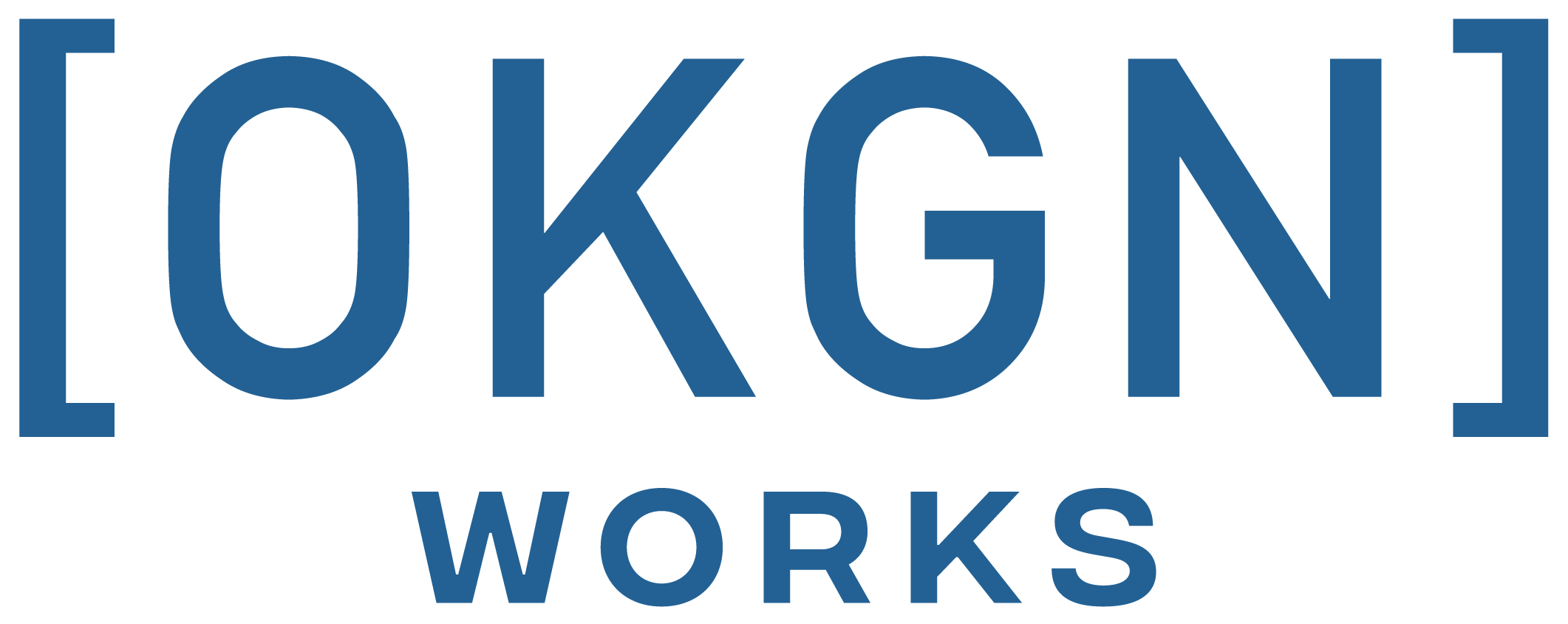UBC Okanagan researchers are developing micro-lens arrays that are changing the scale of augmented and virtual reality equipment.
Micro-lens arrays involve the fabrication of hundreds or thousands of micro-lenses on a miniature surface measuring less than one-centimetre by one-centimetre. The lenses share processing power and enable smaller applications like virtual reality goggles to display information.
Because the human eye is unable to focus on objects that are extremely close, we use micro-lens arrays to project images or information at a distance where the eye can comfortably read it
“Because the human eye is unable to focus on objects that are extremely close, we use micro-lens arrays to project images or information at a distance where the eye can comfortably read it” explains Alec Yan, who is completing his master’s at the School of Engineering.
Yan has been working alongside electrical engineering professor Jonathan Holzman and his team at the Integrated Optics Laboratory to build and test micro-lens arrays that would meet the standards set out by industry partner Recon Instruments Inc.
The Vancouver-based Recon Instruments Inc. is known for building augmented reality sport goggles for cycling, snowboarding and skiing. They were purchased by Intel in 2015.
After starting as a Chinese summer exchange student in 2015, Yan returned to UBC Okanagan and began his master’s. Much of his research focuses on the lens-array project with Recon.
Yan says working on cutting-edge research like lens-array fabrication is exciting. “There are so many new applications for this technology including the generation of holograms and integration with LED lighting to enable more uniform displays that the possibilities seem endless.”
There are so many new applications for this technology including the generation of holograms and integration with LED lighting to enable more uniform displays that the possibilities seem endless
Augmented and virtual reality technology is evolving into light-field displays that replace the goggle or glasses component of the current technology and use lens arrays to create immersive visual environments.
Within the industry, there is talk of a number of light-field display applications being commercialized in the next couple of year.
The experience that Yan acquired working with Recon has resulted in another similar research and development opportunity after he graduates.
The Recon Instruments project with UBC Okanagan was partially funded by Mitacs, a national not-for-profit research and training organization.







